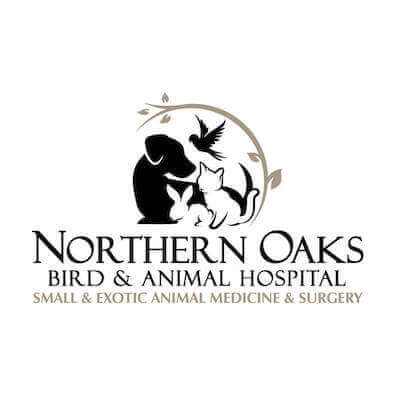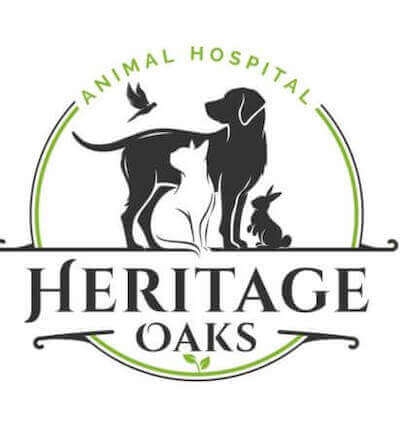In the world of dogs, brachycephalic breeds, with their distinctive smooshed faces, have captured the hearts of many. Their popularity, especially that of the French Bulldog, now reigning as the most beloved breed in the United States, is undeniable. The quirky snorts and snores we love in brachycephalic dogs, like Bulldogs and Pugs, aren't just adorable sounds; they're clues to a deeper issue. These dogs, known for their charming flat faces and short snouts, actually face a challenging condition known as Brachycephalic Obstructive Airway Syndrome (BOAS).
Acknowledging signs of any distress early is key to giving these pups the care they need to breathe easier and live happier.
The Anatomy Behind Brachycephalic Breeds
The anatomy of these breeds is characterized by a compacted skull shape, leading to narrowed airways, elongated soft palates, and often smaller tracheas. Such structural traits contribute to the breathing difficulties inherent to BOAS. This means breeds such as French Bulldogs, Shih Tzus, and Boxers can find a simple breath of air a big task. Airflow gets restricted, and what should be an easy jog in the park turns into a struggle.
.jpg)
Identifying these anatomical nuances is crucial in diagnosing and managing the condition effectively, ensuring these pets can lead happier, healthier lives. As veterinarians, our goal is to educate pet owners about these anatomical predispositions, empowering them to seek timely, proactive care for their brachycephalic pets.
Recognizing Brachycephalic Obstructive Airway Syndrome
Recognizing the signs of Brachycephalic Obstructive Airway Syndrome in dogs is important so they receive the care and treatment needed to lead comfortable lives. Symptoms of BOAS tend to worsen over time, progressively making it difficult for affected dogs to breathe. Symptoms can range from mild to severe, and typically become more apparent with age, physical exertion, or warm weather.
Here are the top 11 signs we see:
- Noisy Breathing: The most noticeable symptom is noisy breathing. Dogs with BOAS often produce snoring, snorting, or wheezing sounds even when awake and at rest due to obstructed airways.
- Exercise Intolerance: Affected dogs may show a reluctance to engage in physical activities or become easily tired during exercise. Even mild play can lead to heavy panting or distress.
- Labored Breathing: Look for signs of difficulty breathing, such as exaggerated abdominal movements or increased effort to breathe, especially after activity or in hot weather.
- Gagging or Coughing: Frequent gagging, retching, or coughing can occur, particularly after drinking water or during meals, due to the compromised airway.
- Difficulty Swallowing: Some dogs may struggle with swallowing food or water smoothly, which can be a sign of an elongated soft palate obstructing the throat.
- Sleep Disturbance: The compromised breathing can lead to disturbed sleep patterns, with dogs waking frequently or appearing restless during sleep due to difficulty breathing.
- Collapse or Fainting: In severe cases, dogs may experience episodes of collapse or fainting due to inadequate oxygen flow, especially after exertion or exposure to heat.
- Change in Bark or Loss of Voice: A change in the sound of your dog's bark or a loss of voice can indicate swelling or obstruction in the airway.
- Cyanosis (Bluish Gums): A bluish tint to the gums or tongue is a critical sign that your dog is not receiving enough oxygen and requires immediate veterinary attention.
- Heat Intolerance: Dogs with BOAS are particularly susceptible to heatstroke since they cannot efficiently pant to cool down their bodies.
- Obesity: Dogs may become overweight because their activity level is reduced do their inability to breathe normally. As they gain excess weight, the breathing problems only worsen.
The Seriousness of BOAS
As veterinarians, we cannot stress enough the seriousness of BOAS in dogs. This condition is not merely an inconvenience; it is a significant health issue that can dramatically impact a dog's quality of life. In severe cases, it can be life-threatening. The anatomical abnormalities associated with BOAS, such as narrowed nostrils, elongated soft palate, everted saccules, or potential tracheal narrowing, compromise a dog's ability to breathe normally. This can lead to chronic discomfort, exercise intolerance, and severe respiratory distress, especially in hot weather or after physical exertion.
The strain of struggling to breathe can eventually lead to heart problems and other systemic health issues. Once again, I cannot express enough how early diagnosis and proper management are important to preventing the progression of BOAS and ensuring affected dogs can lead lives that are as normal as possible. It's imperative for owners of brachycephalic breeds to understand the risks and seek veterinary guidance promptly if they notice any symptoms of BOAS in their pets. Without treatment, BOAS can escalate into a life-threatening emergency, particularly during warm weather when dogs struggle to cool down due to inefficient air movement.
.jpg)
Treatment and Surgery for BOAS in DOGS
The advancements in veterinary medicine have improved the treatment outcomes for dogs suffering from Brachycephalic Obstructive Airway Syndrome. The most effective intervention is surgical correction. Thanks to the precision of surgical lasers, surgery has evolved from a lengthy and sometimes dangerous procedure to a routine and highly successful outpatient operation.
This surgery aims to correct structural abnormalities such as elongated soft palates and stenotic nares, which are common in brachycephalic breeds. By addressing these issues early on, we can prevent the progression of BOAS and drastically improve the quality of life for our canine patients. Dr. Grant Jacobson, an advocate for these surgical interventions, shares that the immediate improvement in breathing post-surgery is nothing short of remarkable. Dogs that once struggled for air can breathe effortlessly, often for the first time in their lives.
This notable enhancement in breathing not only alleviates the immediate distress associated with BOAS, but also mitigates the long-term health risks tied to inadequate oxygenation. The success of these surgeries is a testament to the importance of early detection and intervention. By ensuring prompt veterinary care for dogs showing symptoms of BOAS, pet owners can significantly enhance their furry friend’s health and wellbeing, allowing them to lead happier, more active lives.
Conclusion
Understanding Brachycephalic Obstructive Airway Syndrome (BOAS) is essential for the wellbeing of our flat-faced furry friends. As pet parents and veterinarians, recognizing the symptoms early and pursuing the appropriate life-changing surgery, can significantly improve the quality of life for breeds prone to this condition.
It's our responsibility to ensure these dogs breathe easier, play harder, and live their lives to the fullest. Remember, prompt veterinary care can make all the difference if your pet shows signs of BOAS. Together, we can provide the care and support our pets need to overcome the challenges of BOAS and enjoy many happy, healthy years by our sides. For any concerns or questions about your pet's health, always feel free to reach out to your veterinary team. We're here to help guide you through the journey of pet ownership, ensuring your unique pets receive the best possible care.
If you have questions and you'd like to reach out to us, you can call us directly at (210) 496-1315, or you can email us at [email protected]. Don't forget to follow us on social media Facebook, Instagram.



